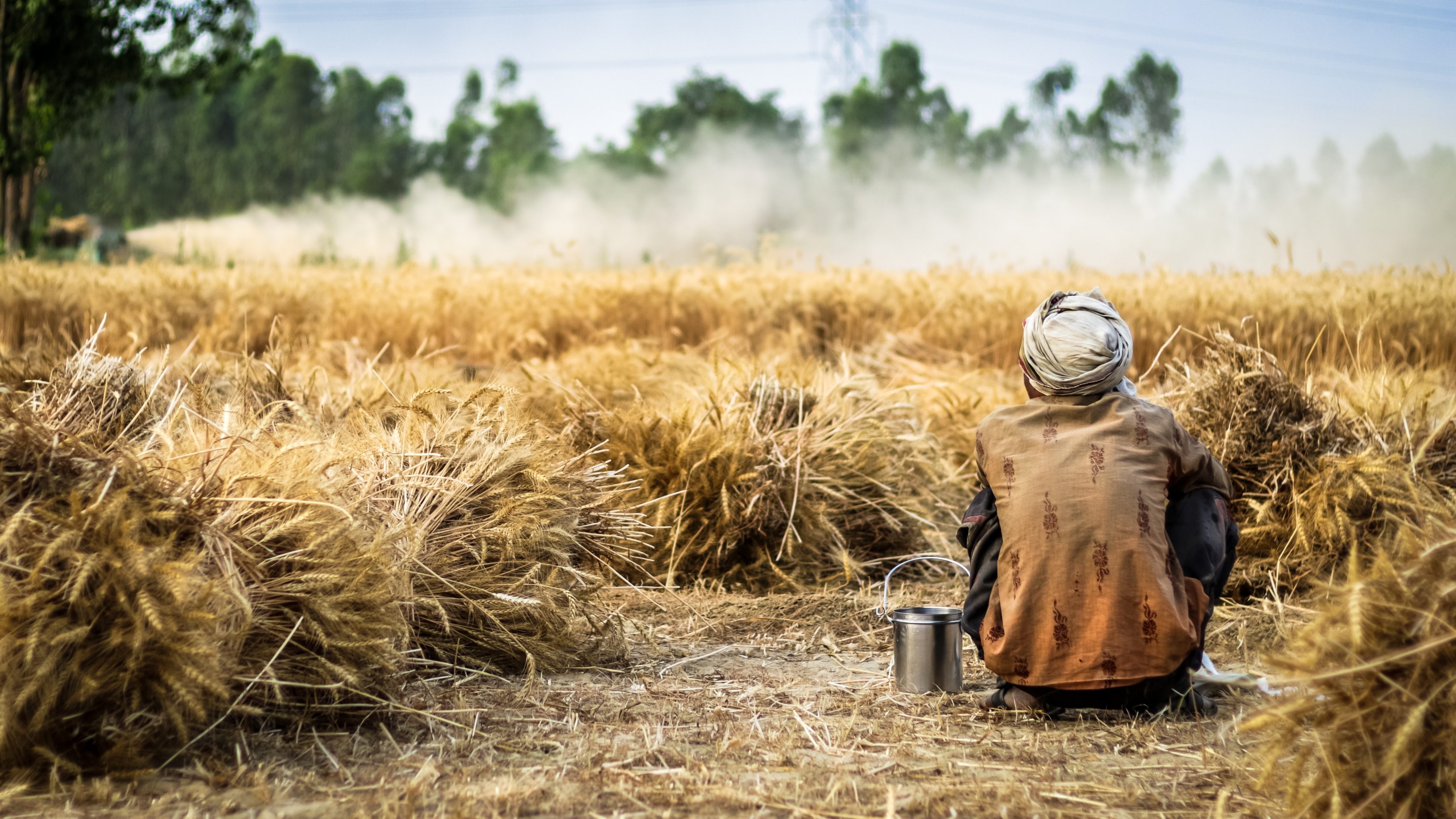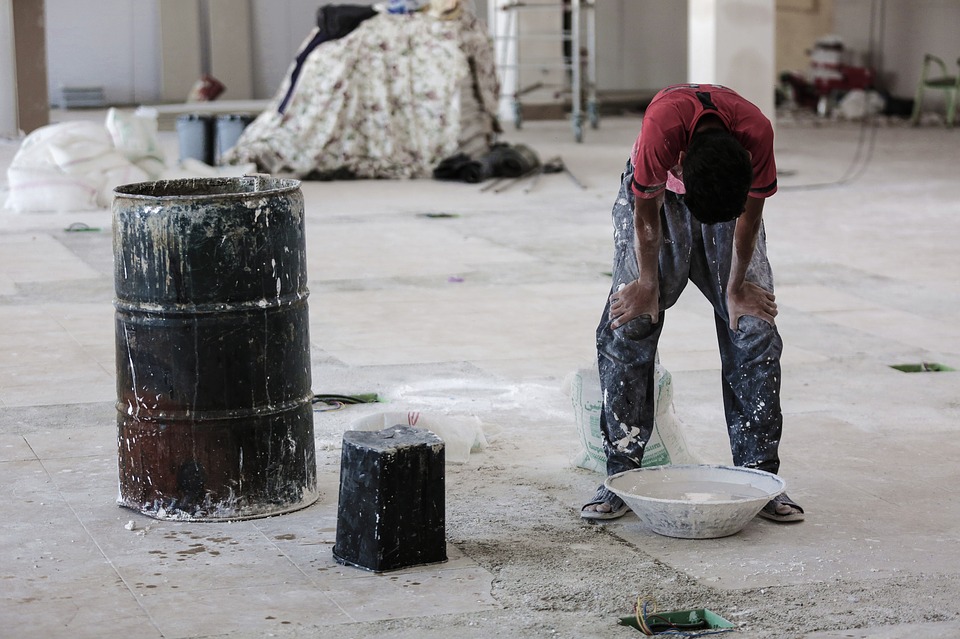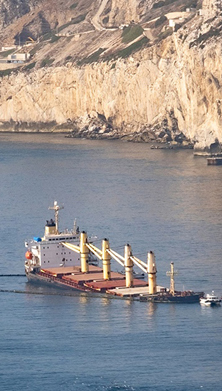- There is an apparent disconnect between developed nations commitments and actions to preserve human rights
- Forced labour in high-GDP countries is higher than previously understood, and exposure is most prominently present in construction, manufacturing and agriculture
- Exposed companies should look to strengthen their human rights due diligence in order to mitigate forced labour risks and avoid reputational damage and legal consequences
Key findings
Introduction

Facts and figures
Forced labor is the most commonly identified form of modern slavery and is defined by the International Labour Organisation (ILO) as “all work or service which is demanded from any person under the threat of any penalty and for which the said person has not offered himself voluntarily”. Globally, more than half of the 40.3 million victims living in some form of modern slavery are subjected to forced labor, according to the latest figures published by the UN’s International Labour Organization (ILO) and the Walk Free Foundation. Forced labor, and related practices likely exist in the operations or supply chains of numerous businesses and are generally more common in developing countries.
Many governments have ratified or adopted Human Rights and forced labor policies promoting the respect for fundamental rights. At the state level, the ILO adopted the forced labour convention in 1930 with the aim to suppress the use of forced labor in all its forms irrespective of the nature of the work or the sector of activity in which it might be performed. Since then, 178 of the 187 members have ratified the convention, however ratification from the United States and South Korea is still pending. Individual companies have demonstrated commitment in this area by supporting initiatives such as the principles on human and working rights set out in the UN Global Compact initiative.

High-risk factors and exposure
The level of exposure to forced labor risk is linked primarily to the following factors:
- Vulnerable populations: Low-skilled workers, many of whom are from migrant, low socio-economic, or culturally and linguistically diverse backgrounds, are more vulnerable to coercion than others. Some of the approaches used by exploiters are debt bondage, withholding of wages and excessive working hours
- Business models and sectors: Multiple layers of outsourcing and the subcontracting of temporary staff on informal and last-minute contracts lead to companies often not knowing where their workers are coming from. This is a very particular characteristic of the mining, agriculture and construction sectors
- Poor management practices: Lack of oversight of third parties, vague policies and standards and/or no grievance mechanisms play a key role in sustaining forced labour practices
Where multiple high-risk factors co-exist, there is a higher likelihood of forced labor occurring.

Construction sector
Research undertaken by Focus on Labour Exploitation (FLEX) found that this need for flexibility, combined with weak protection or enforcement of employment rights at the low-paid portion of the market, has created a workforce at risk of abuse or exploitation in London. A survey completed by 134 workers found the following:
- 50% of workers have no written contract
- 36% report not being paid for work completed
- 33% have experience verbal or physical abuse while at work
According to the Greater London Authority, “Accurate statistics on forced labour are scarce because of the way data is collected and analysed and due to problems identifying forced labour. The boundaries between forced labour and labour exploitation are contested, which makes it difficult to detect forced labour…At the core of forced labour is the nexus between an individual’s vulnerability and a setting in which this individual’s work or services can be exploited for profit without too much risk of discovery or prosecution. Tackling forced labour therefore requires attention to both of these.”
Forced labor in the construction sector has been also observed in the Arab countries and Australia, with large-scale sporting events being noteworthy for the public scrutiny that has been generated regarding potential human rights abuses among the workforce.

Corporate human rights due diligence applied
In line with this, companies should strengthen their human rights due diligence to mitigate forced labour risks by:
- Identifying whether workers are being contracted at very low cost compared to the real market
- Inserting clauses into contracts with contractors and suppliers that allow for the imposition of fines or termination of contract upon findings of forced labor
- Allowing freedom of association, as worker’s unions can reduce the vulnerability of workers. Similarly, establishing independent grievance mechanism including protection for workers or whistleblowers
- Informing employees and subcontractors of forced labor and make policies and efforts visible
- Conducting annual audits of suppliers as a monitoring mechanism

What is the role of insurers in combating Forced Labour?
Allianz has developed thirteen ESG guidelines for sensitive business sectors, which include sector-specific human rights aspects including forced labor. AGCS, the industrial insurance arm of the Allianz Group, supports its clients with identifying and assessing material ESG issues and develops recommendations on how to mitigate these risks. Following an assessment of company, sector and country-specific ESG risk databases, human rights-sensitive transactions are screened against criteria such as:
- Reputational risks: Negative reputational impacts on Allianz stakeholders (investors, customers, business partners, regulators, staff, ...)
- Workforce risks:
o Disregard for labor rights including collective bargaining and unionization rights
o Employee rights not taken into consideration (for any outsourcing/restructuring program)
o Incidents of physical harm or inappropriate conduct of security personnel
o Involvement in child labor
o Sub-standard working conditions (e.g. health and safety standards, wages, etc.)
o Sub-standard working conditions of (sub-)contractors
The role of AGCS
AGCS supports its clients to identify and assess material risks and develops recommendations on how to mitigate these risks. In a fast changing world, AGCS identifies emerging issues and develops risk management strategies.
Our consulting team is available at: AgcsSustainability@allianz.com
We are dedicated to deliver the best possible solutions to the management, control and reduction of ESG risks.
References
[2] Danish Centre against Human Trafficking. Managing the Risk of Hidden Forced Labour: a guide for companies and employers (2014)
[3] Office for National Statistics. Migrant labor force within the UK's construction industry: August 2018
[4] Focus on Labour Exploitation (FLEX), Shaky Foundations: Labour exploitation in London’s construction sector (2018)
[5] Australian Council of Superannuation Investors, Modern Slavery: Risks, Rights & Responsiblities (2019)
[6] International Labour Office. Profits and poverty: The economics of forced labour (2012)
[7] European Center for Constitutional and Human Rights. Accountability for forced labour in a globalized economy: Lessons and challenges in litigation, with examples from Qatar
[8] Crane, A. LeBaron, G. Allain, J. Behbahani, L. Governance gaps in eradicating forced labor: From global to domestic supply chains (2017)
[9] The Guardian, Prison labor is modern slavery. I've been sent to solitary for speaking out (2018)
[10] Great London Authority, Forced Labour in the UK, June 2014
[11] UK Government and Parliament, 2018 UK Annual Report on Modern Slavery
Allianz Group companies
AGCS offices
Newsletter
Keep up to date on all news and insights from AGCS















